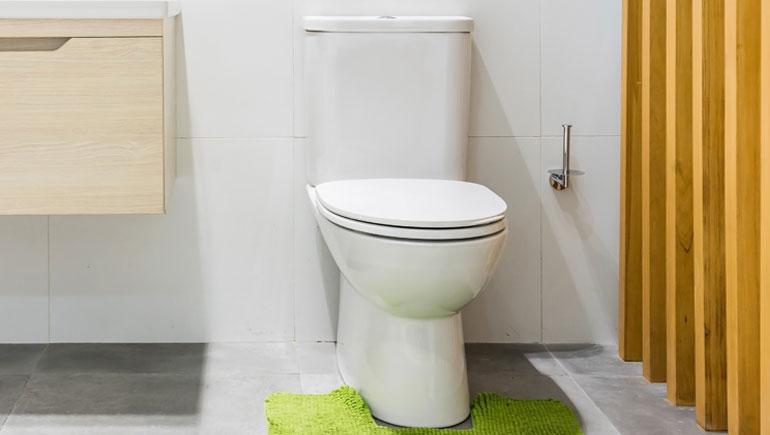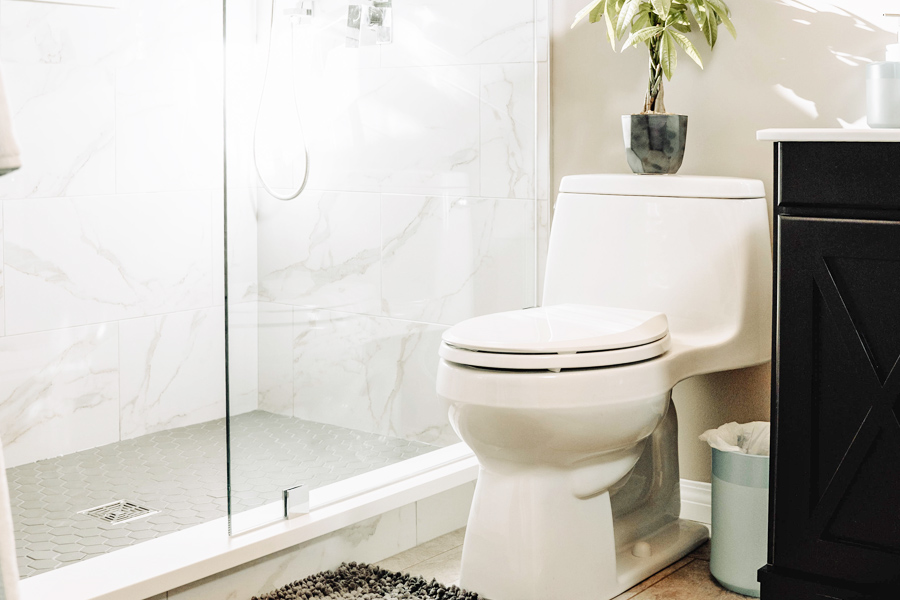In today's world, with the growing awareness about water conservation, choosing the right toilet system has never been more critical. Among the options available, the most common debate centers around the effectiveness and efficiency of dual flush vs single flush toilets. Both these systems have their pros and cons, but understanding them is key to making the right choice for your bathroom.
It's crucial, especially in the industry QA segment, to ensure that every product not only meets the functional requirements but also contributes positively towards environmental conservation. Heres a comprehensive guide on the key differences and benefits of both toilet types to help you make an informed decision.

Understanding Single Flush Toilets
Single flush toilets are the traditional designs known for their one-size-fits-all flushing mechanism. Simply put, they use a uniform amount of water usually between 5 to 7 gallons per flush every time the lever is pulled. This predictability often leads to water wastage, especially when dealing with liquid waste, which doesn't require as much water to effectively clear.
From a manufacturing perspective, single flush toilets are easier to produce with fewer components involved, often resulting in a lower cost. This makes them a popular choice in both home and commercial sectors. However, with increasing water costs and environmental concerns, the popularity of these systems is waning.
The Shift Towards Dual Flush Toilets
On the other hand, dual flush toilets provide users with the option of using two different flush volumes. A full flush usually uses around 6 liters, while a half flush uses approximately 3 liters. This choice is particularly beneficial for reducing water usage, thus saving on water costs and contributing to sustainable living.
Dual flush toilets, while slightly more expensive and complex to install and maintain, provide a significant advantage in areas with limited water resources or high water costs. Their advanced mechanisms come with increased monitoring and testing standards that should be factored into the Industry QA processes. Numerous resources such as eco-friendly toilet options can offer more insights into their benefits.
Advantages and Applications of Dual Flush Toilets
By design, dual flush toilets are meant to conserve significant amounts of water over time. They are ideally suited for regions where water conservation measures are enforced. Furthermore, they often come with sleek, modern designs appealing to contemporary interior aesthetics.
One must also consider the technology behind low-flow toilets, which complements the dual flush systems efficiency. Implementation in various settings often demands rigorous quality assurance testing to ensure performance standards are met.
Factors Influencing Your Choice
Several factors can influence your decision when choosing between dual flush and single flush systems. These include:
- Cost: Although dual flush toilets have a higher initial cost, they often prove to be more economical in the long run regarding water bills.
- Maintenance: While single flush toilets might appear more straightforward, dual flush systems now come with robust designs ensuring fewer breakdowns.
- Installation complexity: Dual flush toilets might require professional installation but offer greater benefits once properly set up.
More insights into how water-saving toilets work might shed light on the effectiveness of both models. Refer to this guide for more details.
Environmental Impact and Benefits
The environmental impacts of both toilet systems cannot be overlooked. Single flush toilets often waste significant amounts of water, contrasting starkly with the water-saving feature of dual flush systems. Implementing dual flush toilets can reduce your households annual water consumption significantly.
For those eager to implement more environmentally friendly bathroom solutions, understanding the advantages of high-efficiency toilets can be a valuable step.

FAQs
Are dual flush toilets more expensive to install?
While the initial investment might be higher, the savings on water bills quickly offset the installation costs.
How do dual flush toilets contribute to water conservation?
They use significantly less water by allowing users to select between a half or full flush, minimizing unnecessary water use.
Can dual flush toilets fit in any bathroom?
Most modern bathrooms can accommodate dual flush toilets, thanks to their varying designs and sizes.






